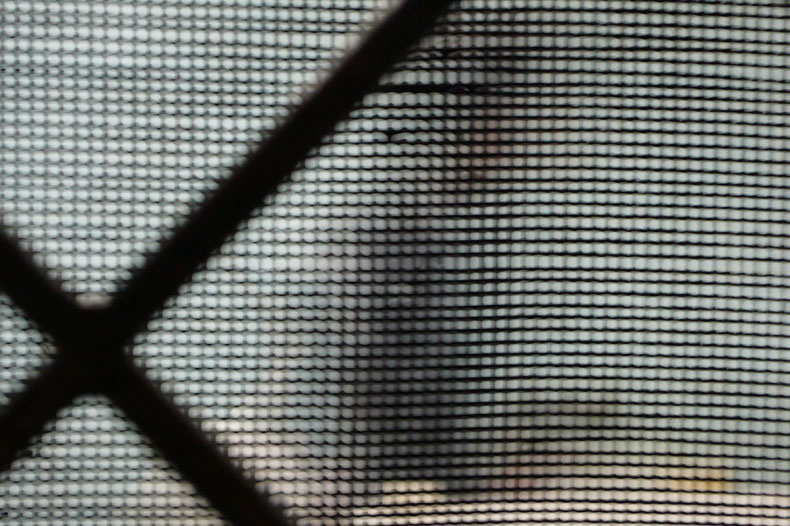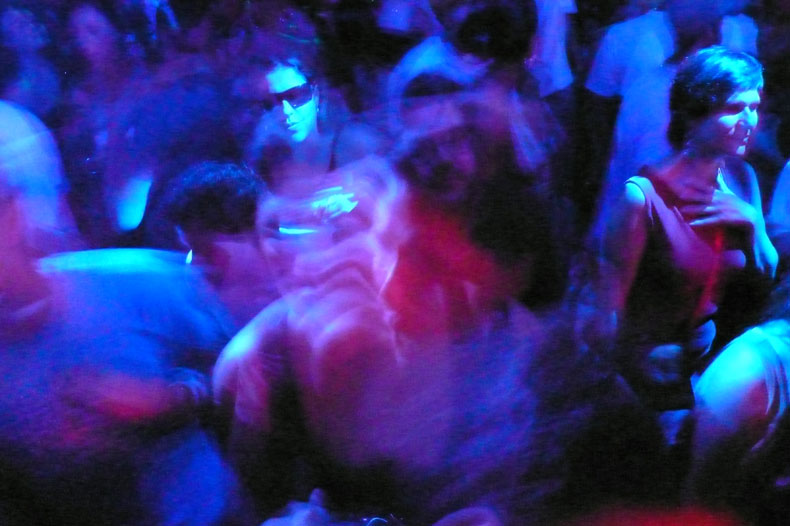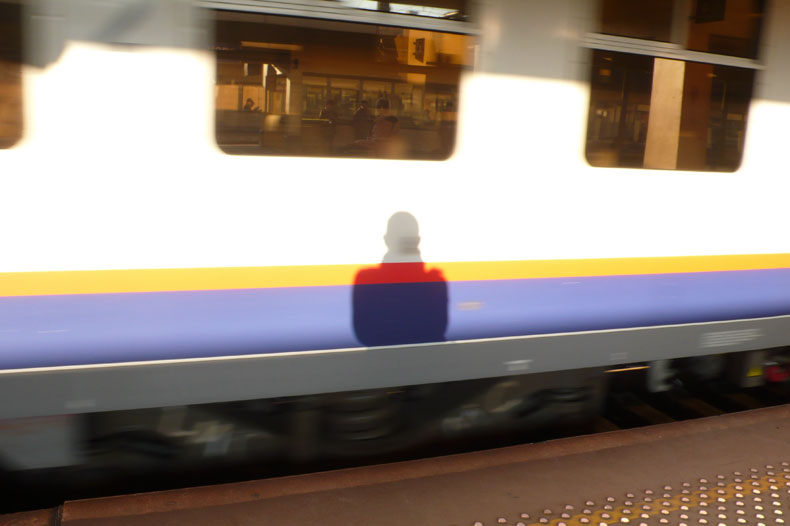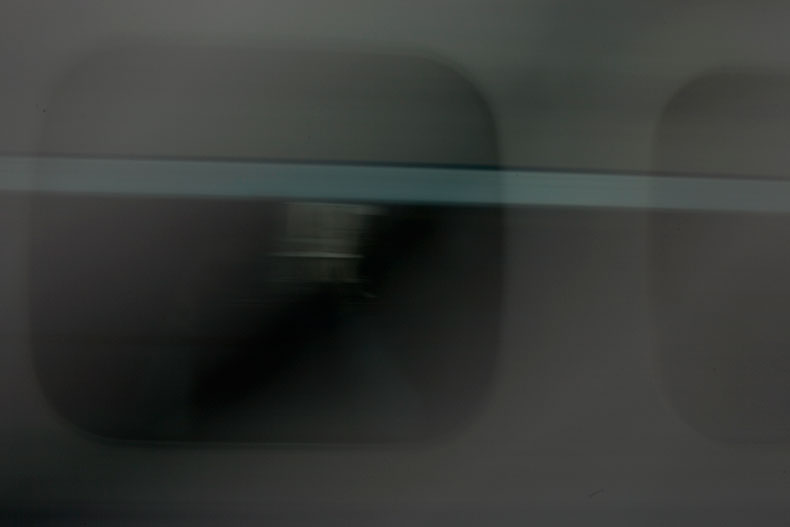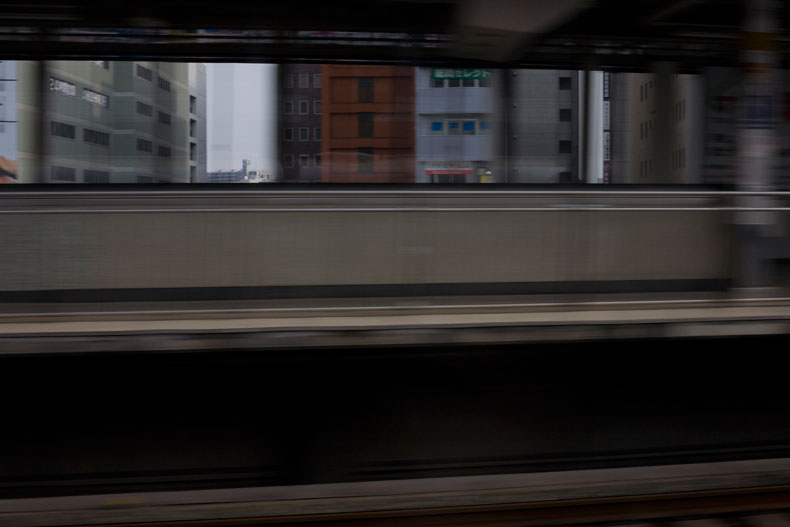Fasciae by Anne-Laure Oberson
A photographic series on the envelop, the veils of connectivity, interstitial tissues, and their (in)visibility.
In medicine, fascia is the soft tissue component of the connective tissue system that permeates the human body.
It interpenetrates and surrounds muscles, bones, organs, nerves, blood vessels and other structures. Fascia is an uninterrupted, three-dimensional web of tissue that extends from head to toe, from front to back, from interior to exterior. It s responsible for maintaining structural integrity; for providing support and protection; and acts as a shock absorber. Fascia has an essential role in hemodynamic and biochemical processes, and provides the matrix that allows for intercellular communication. Fascia functions as the body's first line of defense against pathogenic agents and infections.
Superficial fascia is found in the subcutis in most regions of the body, blending with the reticular layer of the dermis and is found at many other locations where it fills otherwise unoccupied space.
Deep fascia is the dense fibrous connective tissue that interpenetrates and surrounds the muscles, bones, nerves and blood vessels of the body. It provides connection and communication in the form of aponeuroses, ligaments, tendons, retinacula, joint capsules, and septa. The high density of collagen fibers is what gives the deep fascia its strength and integrity. The amount of elastin fiber determines how much extensibility and resilience it will have.
Visceral fascia suspends the organs within their cavities and wraps them in layers of connective tissue membranes. Each of the organs is covered in a double layer of fascia; these layers are separated by a thin serous membrane. The outermost wall of the organ is known as the parietal layer, whereas the skin of the organ is known as the visceral layer. The organs have specialized names for their visceral fasciae. In the brain, they are known as meninges; in the heart they are known as pericardia; in the lungs, they are known as pleura; and in the abdomen, they are known as peritonea.
Fascia is a highly adaptable tissue. Due to its viscoelastic properties, superficial fascia can stretch to accommodate the deposition of adipose that accompanies both ordinary and prenatal weight gain. After pregnancy and weight loss, the superficial fascia slowly reverts to its original level of tension.
Visceral fascia is less extensible than superficial fascia. Due to its suspensory role of the organs, it needs to maintain its tone rather consistently. If it is too lax, it contributes to organ prolapse, yet if it is hypertonic, it restricts proper organ motility.
Deep fascia is also less extensible than superficial fascia. It is essentially avascular, but is richly innervated with sensory receptors that report the presence of pain (nociceptors); change in movement (proprioceptors); change in pressure and vibration (mechanoreceptors); change in the chemical milieu (chemoreceptors); and fluctuation in temperature (thermoreceptors). Deep fascia is able to respond to sensory input by contracting; by relaxing; or by adding, reducing, or changing its composition through the process of fascial remodeling.
Deep fascia can contract. What happens during the fight-or-flight response is an example of rapid fascial contraction . In response to a real or imagined threat to the organism, the body responds with a temporary increase in the stiffness of the fascia. Bolstered with tensioned fascia, people are able to perform extraordinary feats of strength and speed under emergency conditions.
(above definitions taken from http://en.wikipedia.org/wiki/Fascia)
Fasciae are found everywhere in the human body, at every level, just beneath the surface and at its deepest core, enabling rapid survival responses, protecting and permitting most vital functions to happen. They are responsible to make the body work as a whole and not just as an assembly of parts, they are the binding agent, and as such transport the information and are the depository of all the knowledge. In medicine they are credited for their malfunctions, when the visceral ones get inflammed – peritonitis, meningitis, pleurisy – or when deep ones get broken as in torn ligaments, but rarely for their fundamental and general ceaseless accomplishments, which goes unappreciated.
I believe that fasciae are present outside the human body as well, every where in the outer physical world actually. This is how the world is interconnected, through a thin veil of energy forming a tissue of information around all beings and things, from and to beings and things like a dense network of communication higways. There is no unoccupied space, fascias fill the void, there are the channels of interactions and what allows ideas to flow freely, and with causality, around and pass from matter to matter, from one side of the globe to the other. They comply to the law of energy conservation, and I would venture to say that the fasciae is where energy is stored. Since this structural system of tissue exists, it is visible, certainly not to the naked eye and physicists have or build the proper instruments to measure or model these flows. The camera is an apparatus enabled with shifting the perception of time in relation to space – it can freeze time, which the naked eye can't – therefore it allows to make representation of matter in flux. It is not a simple task to figure out how to best capture the manifestations of the existence of these fasciae. It is necessary not to point the camera directly at an object but to focus on the space surrounding the object, where the fasciae are, to photograph the space in between things, the viscosity of the air surrounding things, light and particles. To begin with, trains are a great metaphor as carriers of information, they transport through space at speed both matter and information, i.e. ideas, so this is where i am currently looking. Window panes are also intersting in the way they refocus or screen parts of the information. And extreme light conditions which forces the camera to capture uncertainty.
Below are a selection of images indicative of the direction of the search and pointing to further areas of study.
